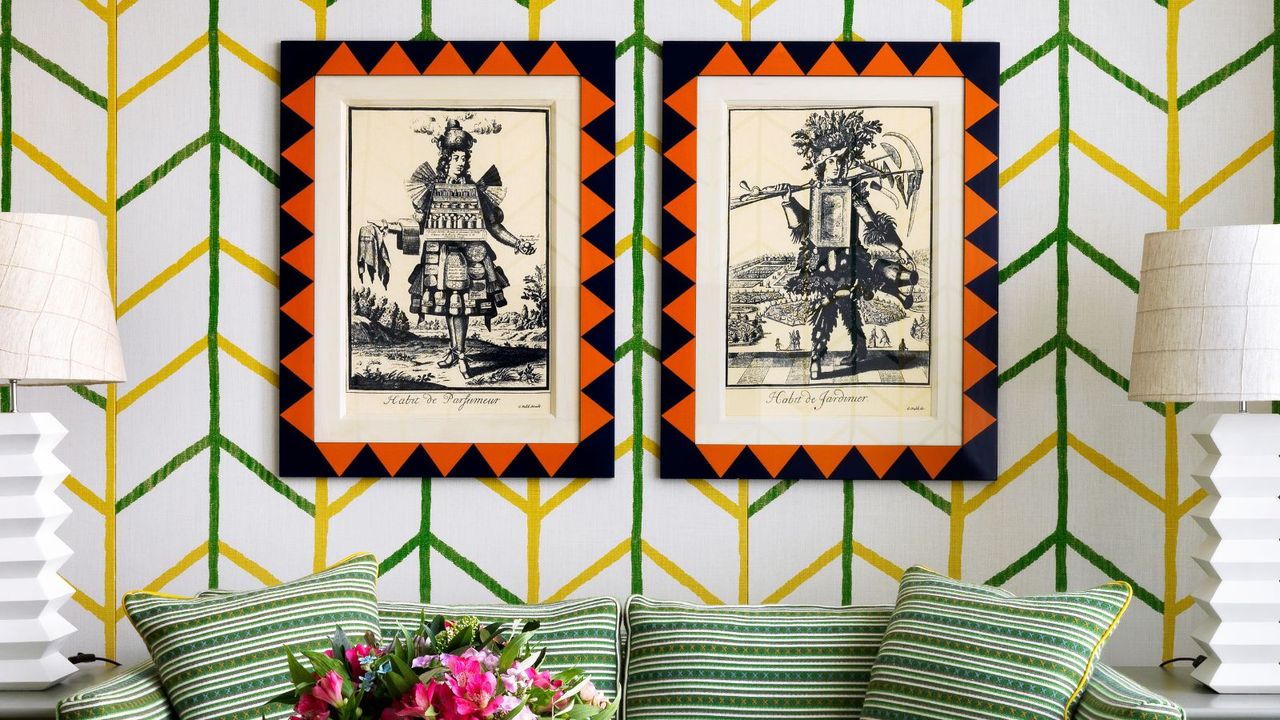
Collecting art is a passion that takes investment in time and money. However, it is absolutely one worth making – and your favorite artworks can move with you for life. Of course, the word ‘affordable’ is entirely subjective – but great art doesn’t have to cost the earth, and by thinking outside the box, you can find original pieces that give back to you every day for a lifetime.
Art is valuable not because of its cost, but because of how it makes us feel. A painting that reminds you of home, a print by an artist whose original work feels unattainable, a sculpture maquette that inspires a larger masterpiece – all of these are priceless in their own way. As the art market can be unpredictable, with only certain works standing the test of time, the most important thing when decorating with art is to buy what you love – passion first, and investment second.
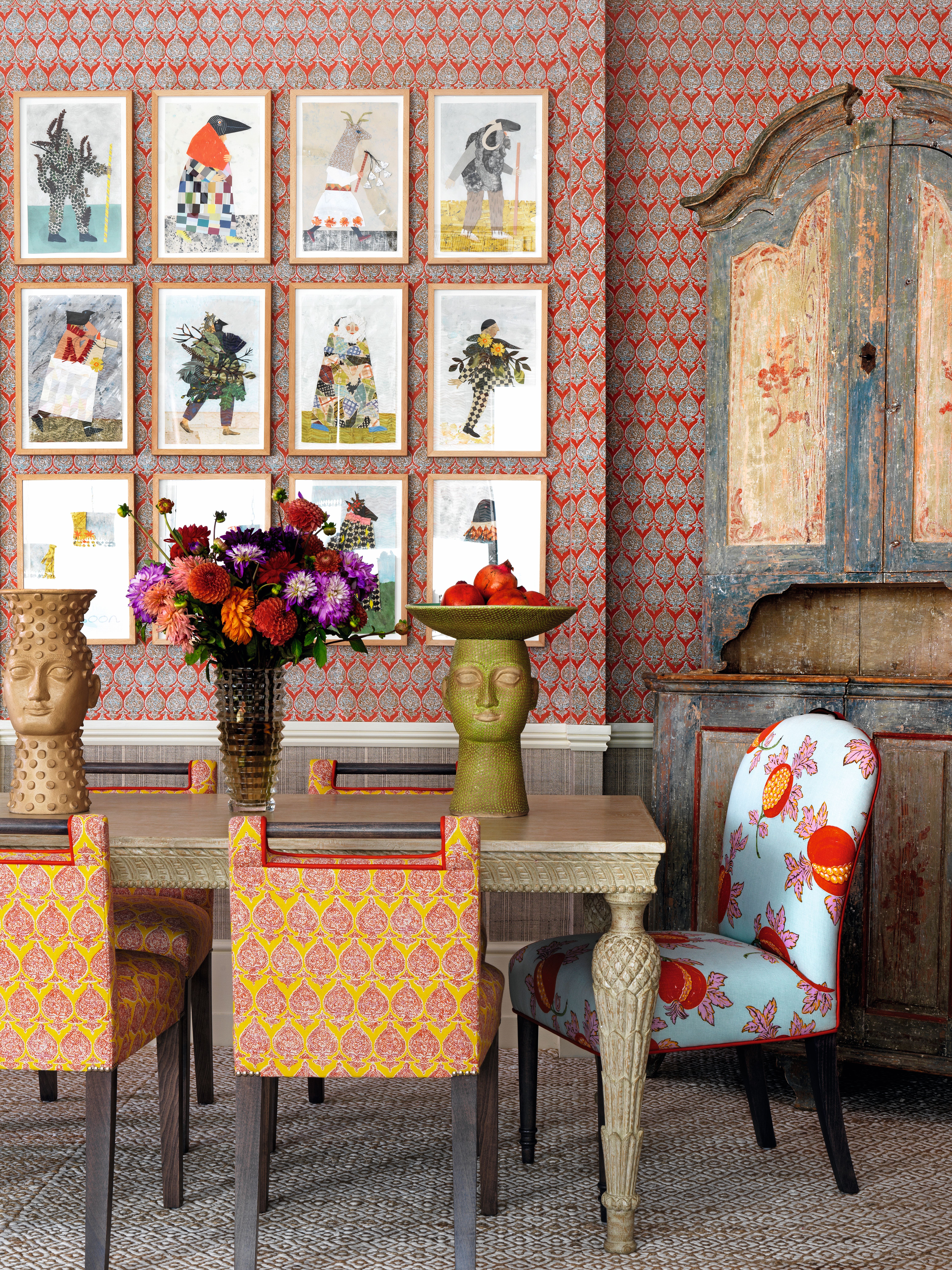
Art is everywhere: prints, sketches, photography, handmade crafts, and collections of objects displayed as art can all be as impactful as a high-priced painting. They can transform a space – giving it a new perspective. If you’re wondering where to start, visit local art fairs, markets, and student exhibitions, where vintage artwork is for sale at reasonable prices.
Don’t be afraid to negotiate on prices – especially if you are buying multiple pieces. Explore digital art platforms too. You can even buy digital downloads to print and frame yourself. Discover and follow artists on social media. Don’t forget – for a really authentic personal touch, you can make your own art.
Prints in particular enable artists to share their work with people at a more affordable price. My go-to gallery specializing in prints is Cristea Roberts Gallery, where we have bought fabulous prints by Jim Dine, Howard Hodgkin, and Joe Tilson – all some of my favorite artworks, prints or no prints.
Prints are not all created equally – look for numbered and signed editions, which will hold their value. Pay attention to the printing technique, too.
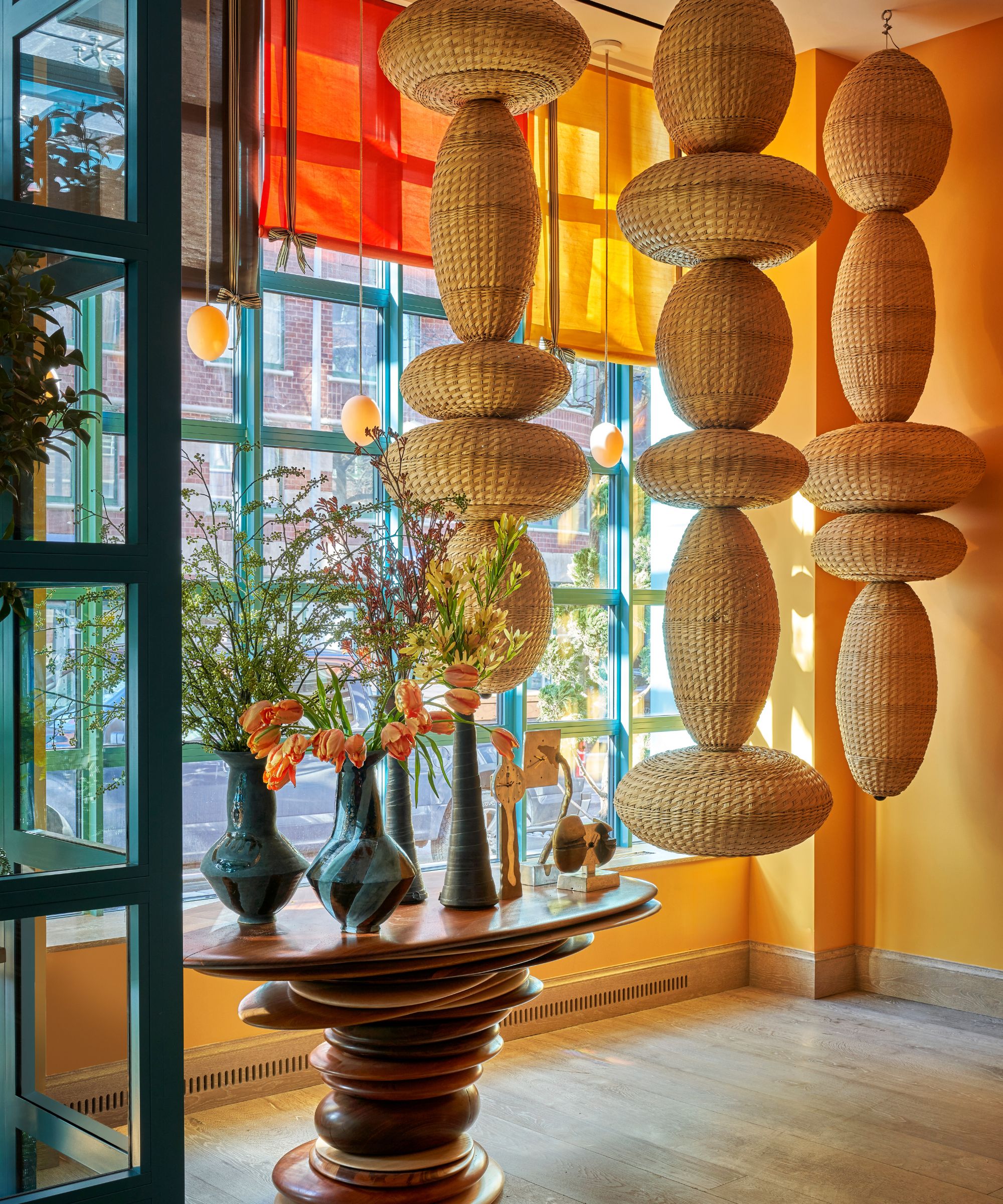
Screen printing and linocut printing are more artisanal, hands-on processes, while giclée printing is a method often used by professional galleries to produce high-quality, detailed artwork. Giclée prints offer incredible clarity and rich color depth – making them nearly indistinguishable from original pieces. Don’t overlook digital printing either – these techniques are constantly improving in quality and detail.
For a truly accessible way to bring art into your space, think outside the box – frame or display the unexpected. We love framing beautiful textiles and unique objects – from suzani fabrics to decorative tea towels. Framing and showcasing an intriguing item can elevate it into a piece of art. Even everyday collections can make a powerful visual statement. A single watering can on a mantel might seem out of place – but line up three painted watering cans and suddenly they become a sculptural display.
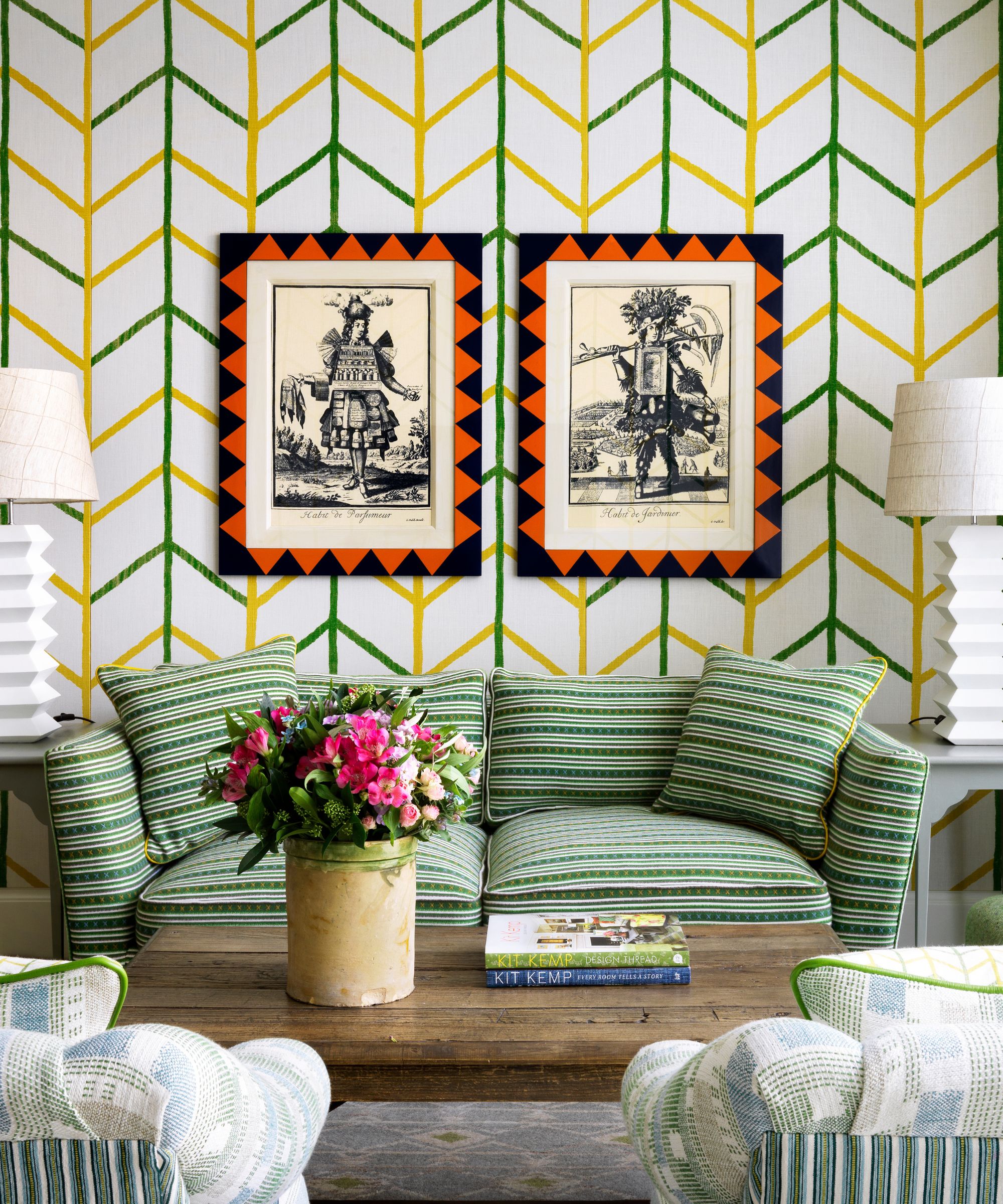
There’s strength in numbers. Groupings of objects can be incredibly effective – framed assortments of silk embroidery threads, beaded handbags, or antique keys placed against colorful backgrounds. Display them in acrylic (Perspex) shadow boxes to let the items shine – while contrasting them with an antique or vintage setting. We used this approach to display a collection of oversized charger plates sourced from flea markets at The Whitby Hotel restaurant in New York City.
And don’t forget the humble postcard. You can frame your own collection – or buy original artworks through Art on a Postcard auctions. I’m donating a piece to the Secret Artist Sale at the Soden Collection in Shrewsbury. Artists from all over – well-known and emerging – donate original A5-sized works. The artist’s identity is only revealed once the piece is sold. Each work costs £50 – and every penny goes to charity.
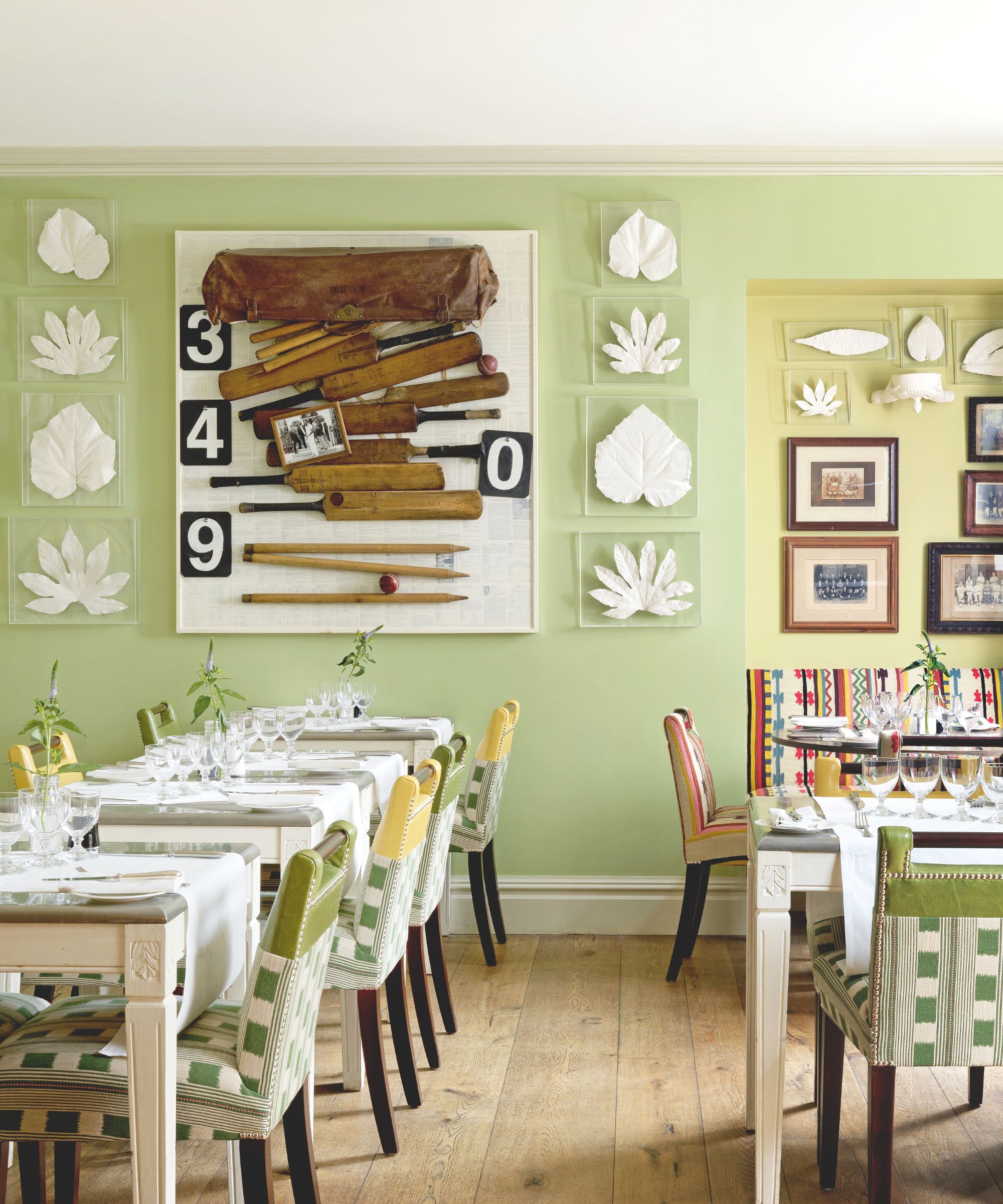
Willow mentions how useful shadow box frames can be for framing your 3D collections. Putting those treasured pieces on the wall is a great way to get them on show in a way that feels more curated than cluttered. These ones from Pottery Barn have a lovely linen canvas as a backdrop.
Etsy makes it easy to start a collection of vintage postcards. You can go through and find designs that resonate or reflect places you have been, or you can order an assortment of random ones from a particular place or country.
Framing napkins or scarves, or scraps of fabric works a treat. This collection from Anthropologie would look wonderful in slightly oversized frames hung in a kitchen or above a bar cart.
Art in your home can be whatever you want it to be. It’s not just for museums, collectors, or critics – it’s for everyone. Art connects us, challenges us, and inspires us – and you don’t need to spend a lot to enjoy it in your own space. All it takes is an open mind and a little creativity.







